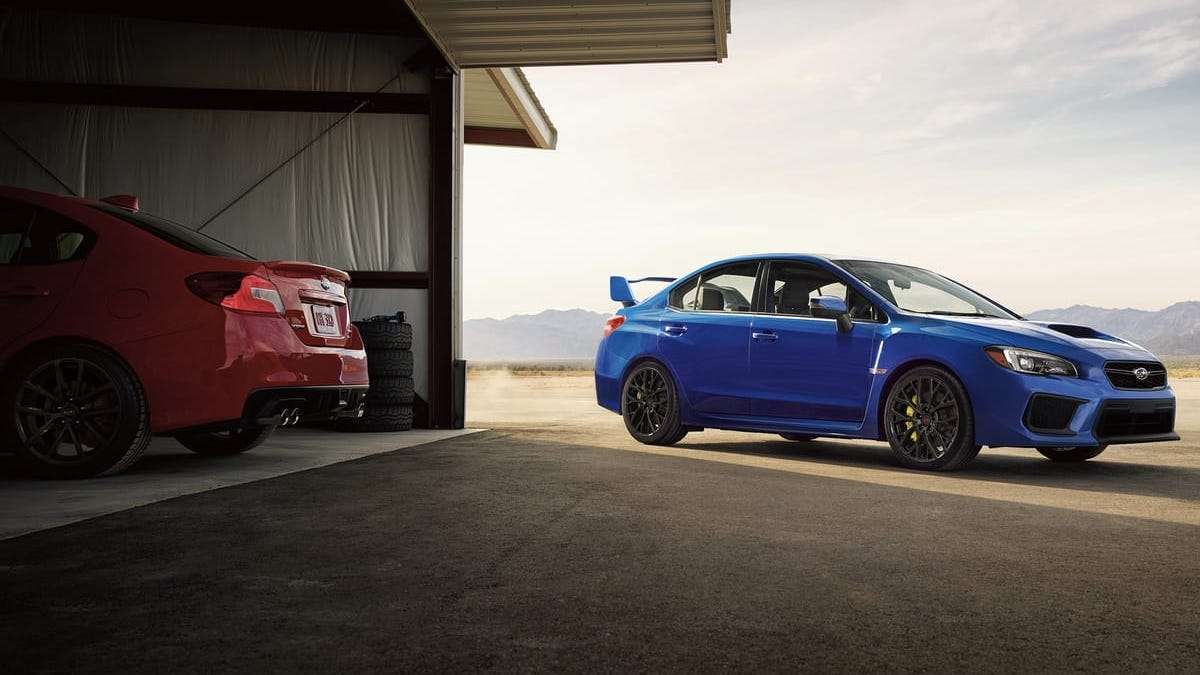This thread is really about newer cars, so my apologies if this is not relevant.
My Subaru experience. note that the newest car is a 2005, so this won't really be much use to someone looking at new cars:
1996 Legacy Brighton trim (cheap!). EJ22E/5 speed, bought in '98 at 60k miles, drove to 250K, then handed it off to one of the kids. Finally scrapped it at ~285K because I deemed it too rusty. The engine/trans/rear were pulled and are sitting in my garage (why? I duuno. Because they were still good?) both front wheel bearings were replaced within 5k miles of each other somewhere north of 250K. Timing belts, struts, brakes, tires, a couple sets of valve cover gaskets, and one clutch. The synchronizers are pretty worn, and the shifter bushings were worn out at about 200K or so, at which point an STi short shifter was installed and made a huge difference
2004 WRX EJ205/5 speed. Bought from a friend at 190K who bought it new. Now has about 268K. it has had the usual valve cover leaks but that's it. Timing belts, struts, brakes, tires, a couple sets of valve cover gaskets, both front wheel bearings at around 250k (beginning to see a pattern here) and one set of shifter bushings. It needs suspension bushings at the moment. Original turbo, clutch, etc.
1996 Legacy LSI. bought as a project with an EJ25D with ….bad head gaskets. I found a wrecked (squashed, actuially - a pole fell on it) 1997 with and EJ22 and that's what's now in the car. It's and easy swap. The mileage went from 20 to 27, and who knows if it's slower with the EJ22. They ain't exatly balls-o-fire on a good day. This car will eventually get the leftover 5-speed and rear (to match ratio's) from Legacy #1.
2005 Legacy GT EJ25something. Friend bought almost new, added a bunch of performance mods, and eventually sold it to a family member of mine. It now has about 250K, including a bunch of hard driving. The turbo failed at about 230K+/-. and the transmission disintegrated under prior ownership (driver said it was his fault, but I never got the details). Seems to eat lower control arm bushings on a regular basis. The prior owner just bought an extra set and swapped when necessary, then the pressed new bushings into the spare set.
There are other Subaru's in the family, but one is a rallycross car, and another is a stage rally car. Those get beat on, so I've left them out.
Some observations about all this:
EJ Turbo cars don't have head gasket problems if you only beat on them some of the time
AWD hardware has never caused us any problems.
Subaru manuals seem durable and can be improved with better shifters and fresh shifter bushings, but they are not up to Honda standards for shift quality.
Front wheel bearings are good for about 250K, I've never replaced a rear wheel bearing
Phase 1 EJ22's seem to last forever and do not have head gasket problems.
Pre-'97 EJ22's are non-interference engines. If reliability is your primary concern, find one.
They all leak from the valve cover gaskets. Or will. Soon

